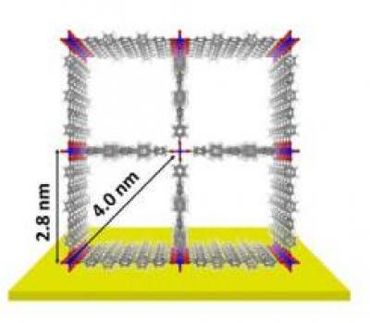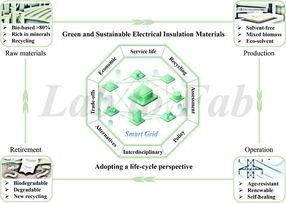Nanozymes - efficient antidote against pesticides
Advertisement
Members of the Faculty of chemistry of the Lomonosov Moscow State University have developed novel nanosized agents - nanozymes, which could be used as efficient protective and antidote modalities against the impact of neurotoxic organophosphorous compounds: pesticides and chemical warfare agents.
A group of scientists from the Faculty of Chemistry under the leadership of Prof. Alexander Kabanov has focused their research supported by a "megagrant" on the nanoparticle-based delivery to an organism of enzymes, capable of destroying toxic organophosphorous compounds. Development of first nanosized drugs has started more than 30 years ago and already in the 90-s first nanomedicines for cancer treatment entered the market. First such medicines were based on liposomes - spherical vesicles made of lipid bilayers. The new technology, developed by Kabanov and his colleagues, uses an enzyme, synthesized at the Lomonosov Moscow State University, encapsulated into a biodegradable polymer coat, based on an amino acid (glutamic acid).
Alexander Kabanov, Doctor of Chemistry, Professor at the Eshelman School of Pharmacy of the University of North Carolina (USA) and the Faculty of Chemistry, M. V. Lomonosov Moscow State University, one of the authors of the article explains: "At the end of the 80-s my team (at that time in Moscow) and independently Japanese colleagues led by Prof. Kazunori Kataoka from Tokyo began using polymer micelles for small molecules delivery. Soon the nanomedicine field has "exploded". Currently hundreds of laboratories across the globe work in this area, applying a wide variety of approaches to creation of such nanosized agents. A medicine on the basis of polymeric micelles, developed by a Korean company Samyang Biopharm, was approved for human use in 2006."
Professor Kabanov's team after moving to the USA in 1994 focused on development of polymer micelles, which could include biopolymers due to electrostatic interactions. Initially chemists were interested in usage of micelles for RNA and DNA delivery but later on scientists started actively utilizing this approach for delivery of proteins and, namely, enzymes, to the brain and other organs.
Alexander Kabanov says: "At the time I worked at the University of Nebraska Medical Center, in Omaha (USA) and by 2010 we had a lot of results in this area. That's why when my colleague from the Chemical Enzymology Department of the Lomonosov Moscow State University, Prof. Natalia Klyachko offered me to apply for a megagrant the research theme of the new laboratory was quite obvious. Specifically, to use our delivery approach, which we've called a "nanozyme", for "improvement" of enzymes, developed by colleagues at the Lomonosov Moscow State University for its further medical application."
Scientists together with the group of enzymologists from the Lomonosov Moscow State University under the leadership of Elena Efremenko, Doctor of Biological Sciences, have chosen organophosphorus hydrolase as a one of the delivered enzymes. Organophosphorus hydrolase is capable of degrading toxic pesticides and chemical warfare agents with very high rate. However, it has disadvantages: because of its bacterial origin, an immune response is observed as a result of its delivery to an organism of mammals. Moreover, organophosphorus hydrolase is quickly removed from the body. Chemists have solved this problem with the help of a "self-assembly" approach: as a result of inclusion of organophosphorus hydrolase enzyme in a nanozyme particles the immune response becomes weaker and, on the contrary, both the storage stability of the enzyme and its lifetime after delivery to an organism considerably increase. Rat experiments have proved that such nanozyme efficiently protects organisms against lethal doses of highly toxic pesticides and even chemical warfare agents, such as VX nerve gas.
Alexander Kabanov summarizes: "The simplicity of our approach is very important. You could get an organophosphorus hydrolase nanozyme by simple mixing of aqueous solutions of anenzyme and safe biocompatible polymer. This nanozyme is self-assembled due to electrostatic interaction between a protein (enzyme) and polymer".
According to the scientist's words the simplicity and technological effectiveness of the approach along with the obtained promising results of animal experiments bring hope that this modality could be successful and in clinical use.






























































